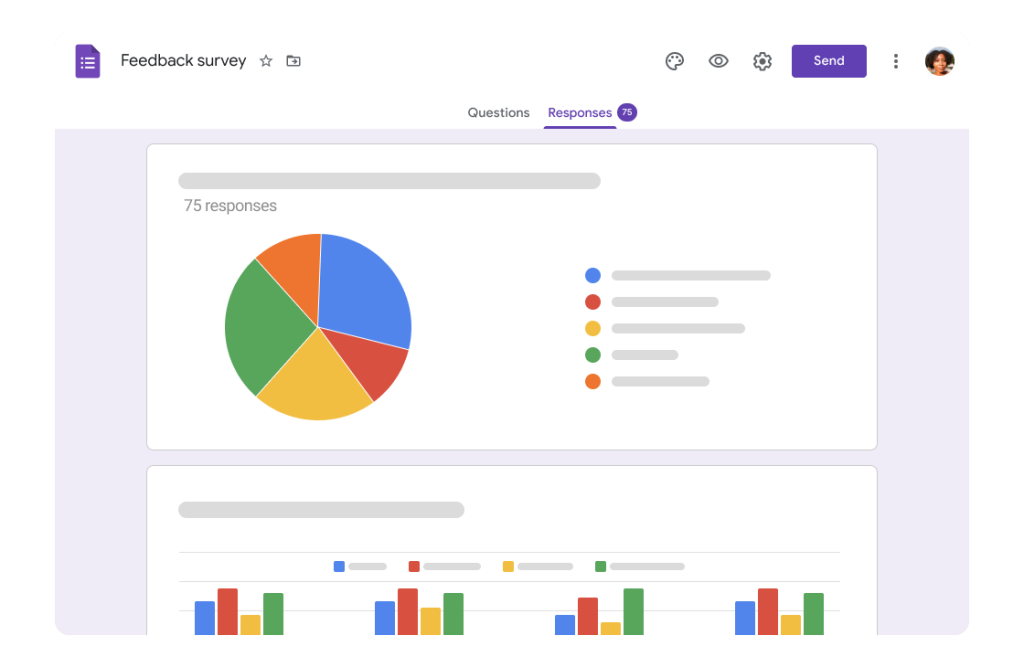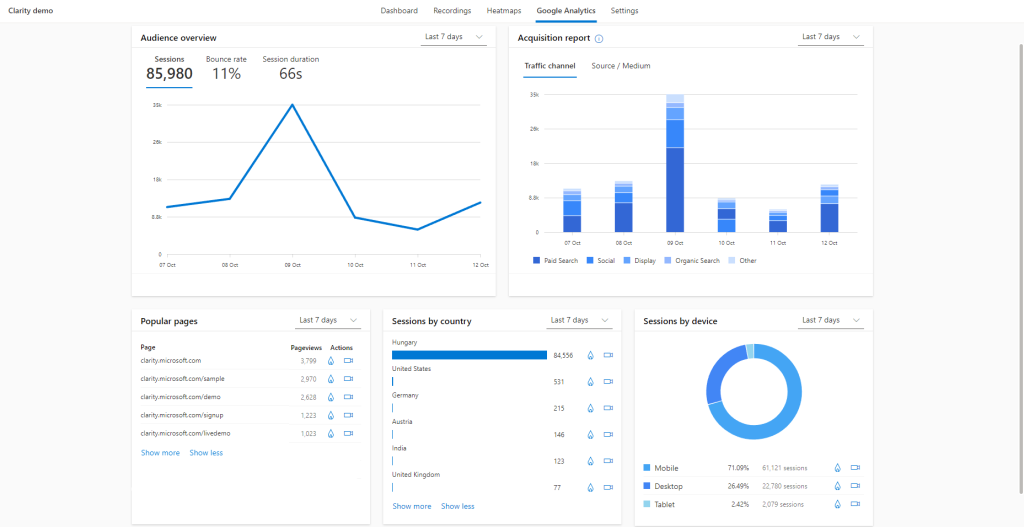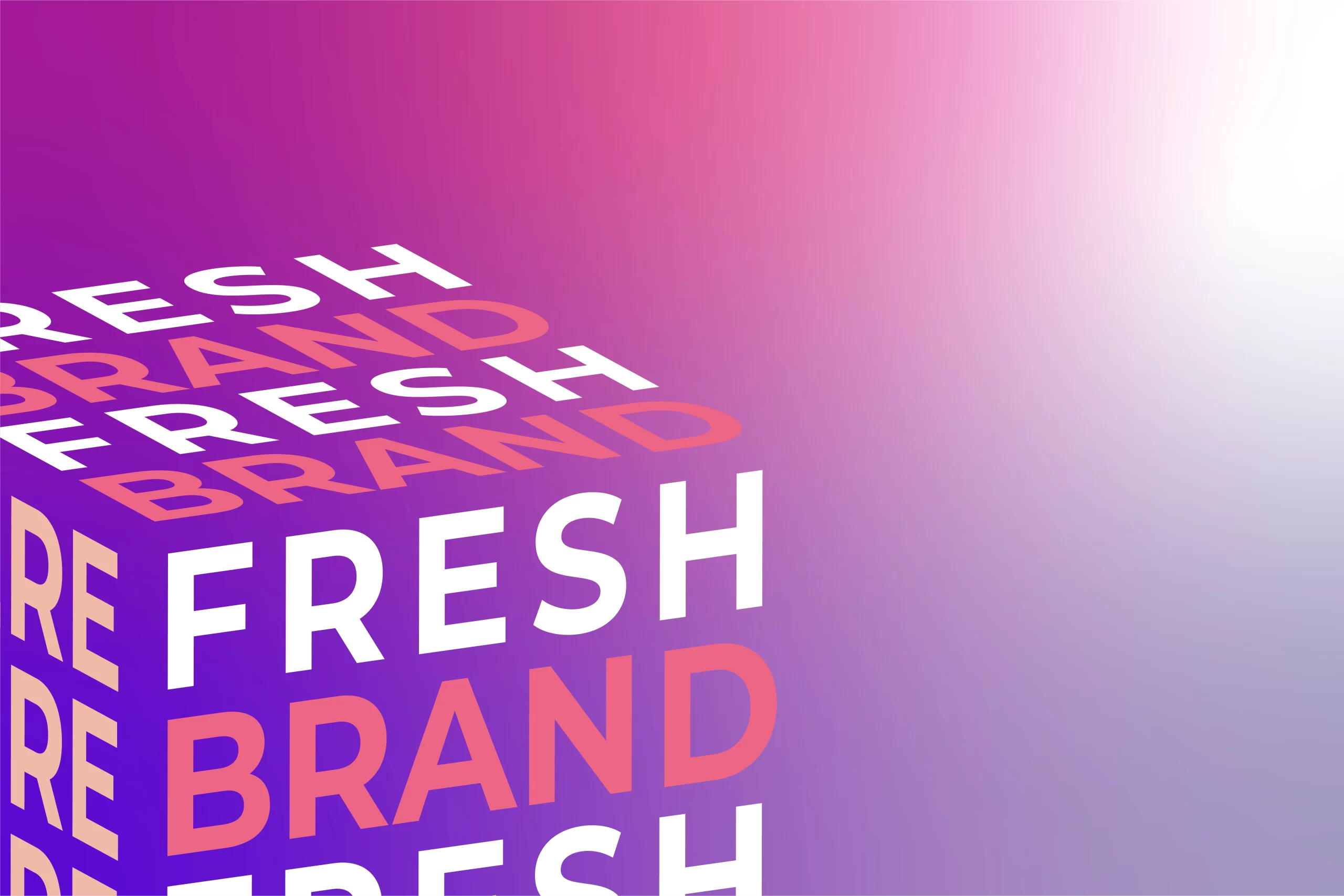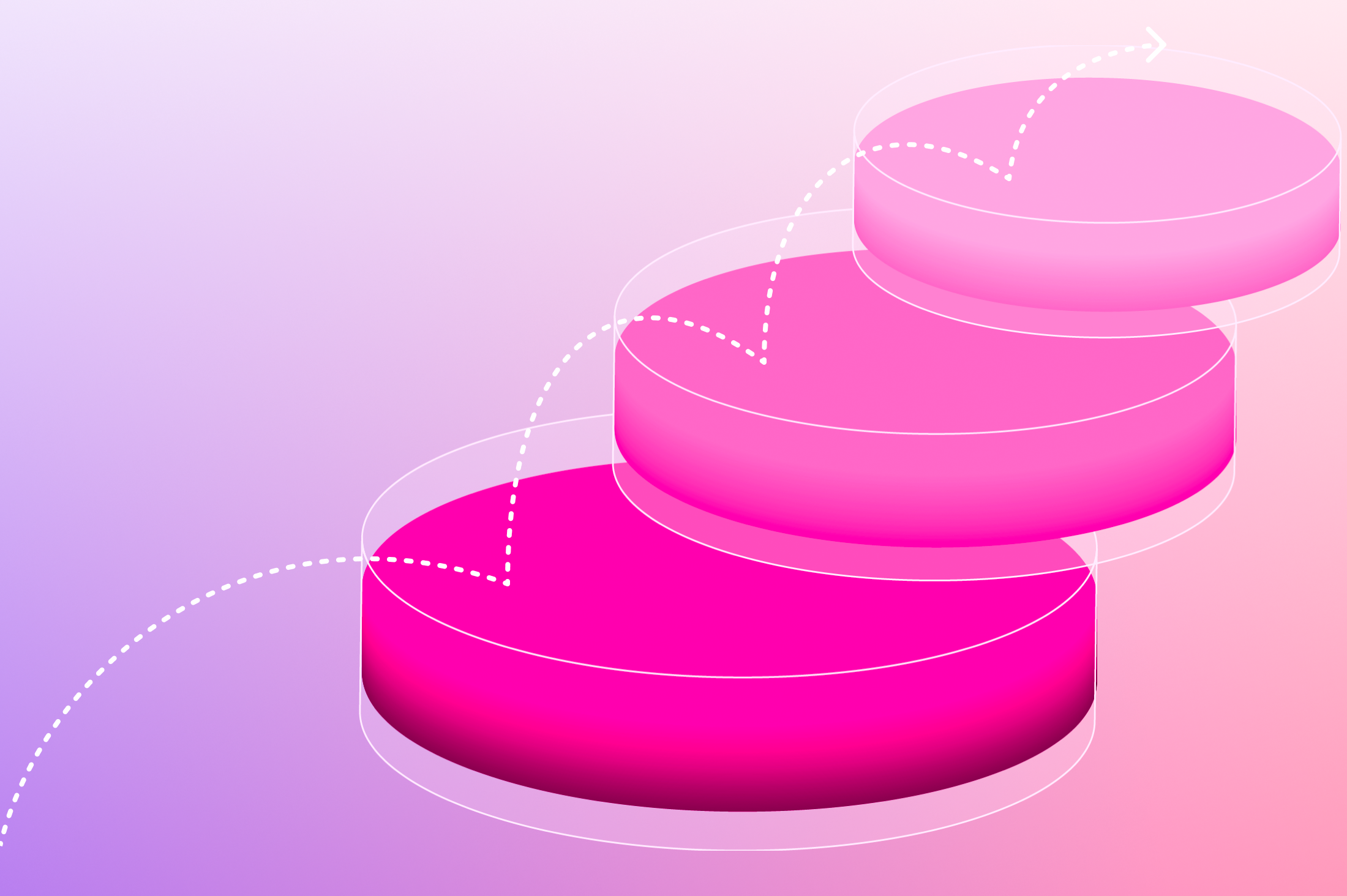Recently updated on November 18th, 2022 at 04:43 pm
Do customers know your brand? Can they recognise your logo and brand colours at a glance?
If you want to know where you stand compared to your competitors, measuring brand awareness is the key. So, let’s have a look at the best tools and tactics available to get you started.
What is brand awareness?
As the name suggests, brand awareness is the extent to which your target audience recognises your brand. It measures how aware they are of your business and what it means to them.
Keep in mind that this includes more than just name recognition. In practice, brand awareness can actually be divided into three equally important layers:
Brand Name
Product Offering
Brand Attributes
Recognising the brand name is an essential first step, but it’s not enough to gain traction with customers. As mentioned above, they also need to understand your product or service offering, as well as the attributes that define your brand, i.e your brand essence.
With this in mind, increasing brand awareness is the cornerstone of most marketing strategies. If done right, it can be crucial in promoting new products or in keeping your brand relevant.
Do you need more people to know about your brand?
The greater the reach of your brand, the more conversion opportunities you’ll see. However, you can refine this strategy further by taking brand awareness into account. Instead of just using passive hit-or-miss tactics, you should rely on real world data to target a more engaged audience.
What this means is focusing on quality over quantity in your leads. Then you can gear your marketing efforts toward those who are ready to buy now. And don’t forget – always look deeper than just name recognition. It’s better to find customers that already understand your brand and the value you can offer.
Monitoring your brand awareness metrics
A strong brand awareness yields a high return on investment (ROI). And a quick way to forecast brand awareness is through search metrics. If you analyse your keyword share, you can gain surface-level insight into what your customers value. Additionally, you can look at search ranking trends as well, helping you to predict changes in your market. With this knowledge, you can proactively address your audience’s concerns and use better strategies in your upcoming marketing campaigns.
The best tools and tactics for measuring brand awareness
- Surveys
A simple way to identify what your customers know about your brand is to ask them directly. Because of the potential sample sizes you can reach online, conducting a digital brand awareness survey often yields reliable results. But, if you want to boost confidence in your data further, consider also surveying a random control group. This can validate your results and give a baseline understanding of where your brand awareness sits.
For an easy platform to help you create customised surveys, we recommend Google Surveys. It offers some of the simplest ways to set up questions and survey logic, as well as accessing insights powered by real people.

- Website traffic
If you’ve been running your business website for a few months, you can use Google Analytics to track two important brand awareness metrics: direct traffic and referral traffic.
- Direct traffic shows the number of people who typed your URL into their search bar and who actively visit your website.
- Referral traffic shows to the number of people who click referral links marketed by your brand advocates.

- Branded Search Volume (BSV)
BSV measures the amount of traffic that comes via branded search terms. This tracks the proportion of people actively looking for your company, versus those who simply stumble across your services. If users are actively searching for your brand, it means that they know your company well.
One of the best ways to analyse commonly used keywords is through Google Keyword Planner. This tool will give you an insight into which keywords are most effective in drawing in your target audience.
- Share of Voice (SOV)
Your mentions across social media platforms are a valuable brand awareness metric. SOV compares your brand’s total number of mentions against your competitors, and is represented as a SOV percentage. Because this figure is an indicator of market share, a high SOV% means greater popularity and authority among your competitors.
When measuring your SOV, you can track the following;
- Hashtags
- Mentions
- Organic keywords
- Revenue
- Impressions
- Reach
- Pay per click (PPC) keywords
To calculate your SOV%, use this formula:
SOV% = (Your brand metric / Total market metric) x 100
For example, if your brand has been mentioned 42 times, compared to 70 times for the whole market, you have a SOV% of 60%. As it’s over 50%, this number indicates that you are one of the leading brands in your field.
- Social listening
If you want organic, unfiltered comments about your brand, you can ‘listen’ to them using social listening tools. One of these is Google Trend, which lets you explore search interest by time, location, and popularity. From here, you can analyse how people see your brand and what drives them to talk about it. By using these results, you can then refine your brand awareness campaigns more effectively.
- Social Media Engagement
Keeping an eye on how your content performs will help you identify the most effective marketing strategy. Engagement metrics you should track include likes, comments, shares, retweets, and views. With this data you can analyse the kind of messaging that your audience really responds to, then use it as a foundation to build your own content strategies.
That said, depending on your industry, some social media platforms will perform better than others. As a general rule, though, online popularity helps a lot in promoting your products and services, driving more people to seek out your brand. For this metric, you can use any social media analytics tool, such as SEMrush Social Media Tracker.
Start measuring Brand Awareness today
Both paid and organic traffic is crucial in maximising brand awareness. To get the results you’re looking for, Implementing the tools and tactics above can give you a huge head start.
If you’re still trying to wrap your head around any of the topics we’ve discussed, Spark’s friendly experts are always available. We’ve been helping brands stay on top of digital marketing for years, and we’re only a phone call or email away.
Enquire today to see how we can keep you on track during your marketing journey.






